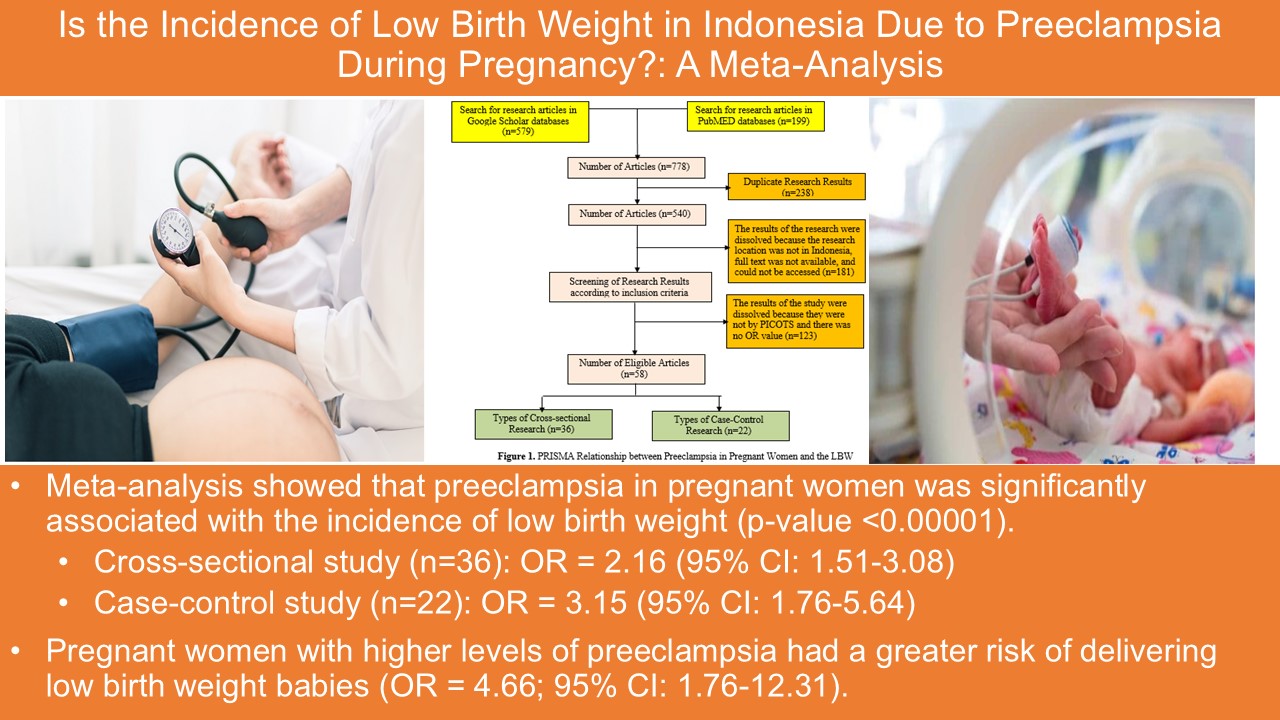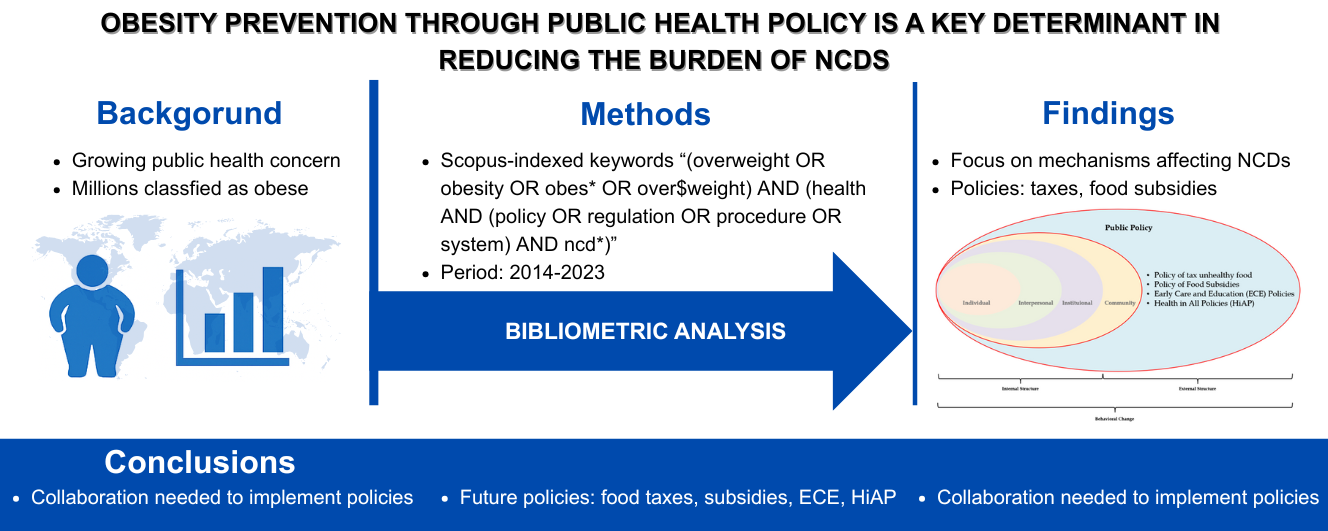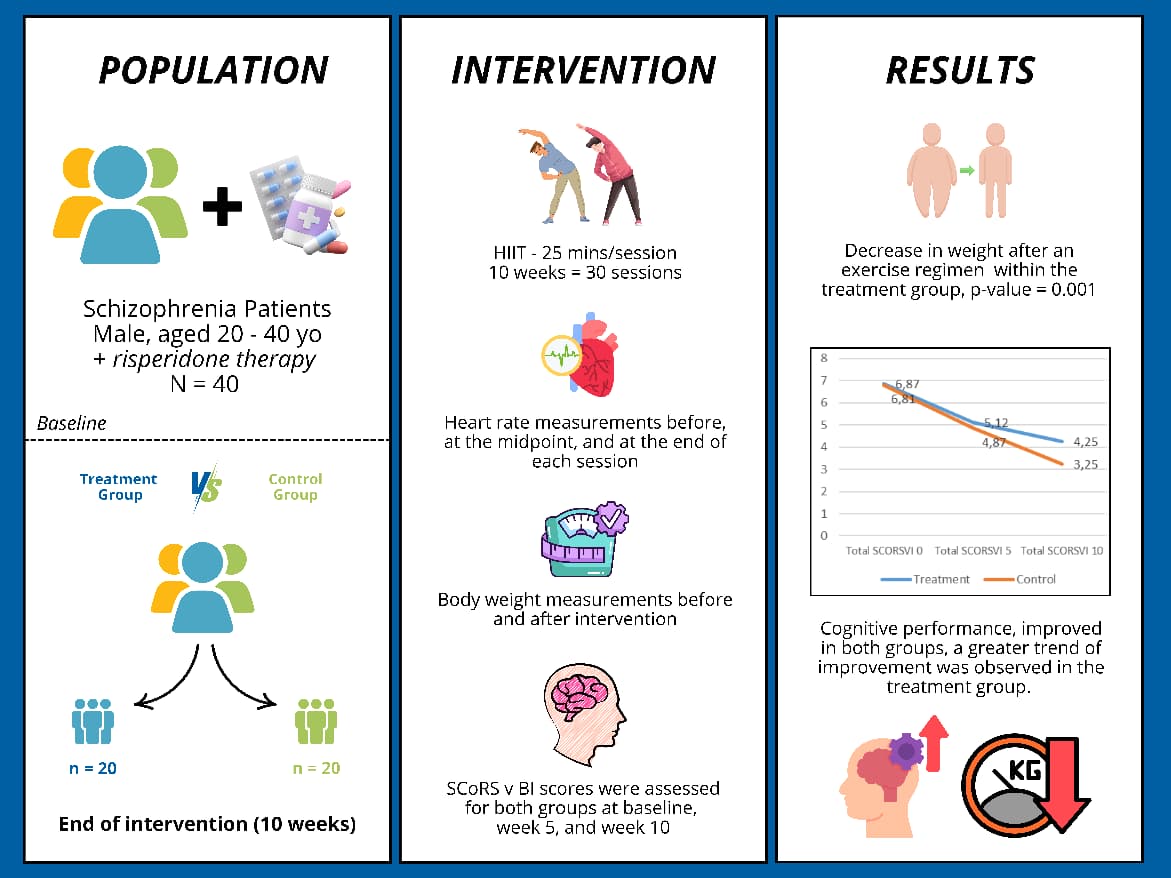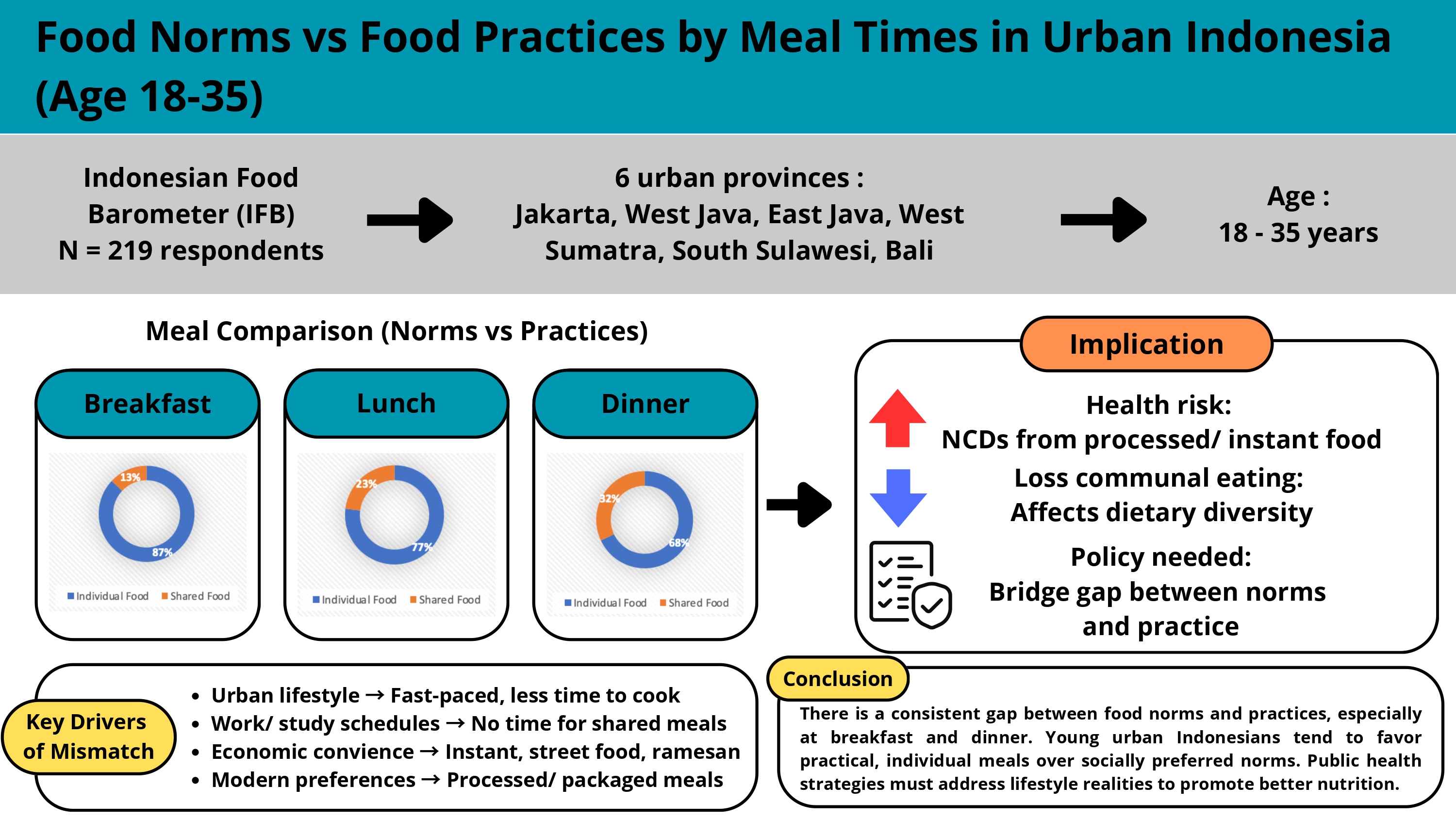Physical Home Food Environment And Its Correlation With Iron And Vitamin C Intake Of Children In Pejagalan
Downloads
Despite the fact that Indonesia has established nutrition and health measures to prevent childhood malnutrition, more than 70% of children aged 2 to 5 consume less iron than the Indonesian dietary recommendations. Iron deficiency harms children's cognitive and motor development, increase morbidity. Ascorbic acid prevents stomach iron accumulation, inhibiting nonheme absorption. Iron-deficient kids don't eat enough. 65 to 72% of children's daily calories are consumed at home, hence the environment is crucial. The purpose of this study is to see if the iron and vitamin C consumption of children aged 2 to 6 in Pejagalan, North Jakarta, is related to their eating environment. There were 191 samples examined. To assess children's intake, 2x24h food recalls were performed. A modified version of the NHANES CBQ was used to assess the home food environment. For each response, 1 signified "never" and 4 meant "always." SPSS Version 20 was used to perform Spearman correlation and multiple linear regression. The iron and vitamin consumption of the subjects was lower than the estimated average requierement (EAR) for Indonesia. It was shown that people who had more access to fruits and vegetables ingested more iron and vitamin C. Iron consumption was enhanced by fruits, vegetables, sweets, and SSB. Fruit accessibility (p<0.05) and availability (p<0.05) were related to vitamin C consumption. There are a variety of home food environment characteristics linked with the availability and accessibility of food that are related to a child's consumption, particularly of micronutrients
Ansem, W. J. C. Van, Schrijvers, C. T. M., Rodenburg, G., & Mheen, D. Van De. (2017). Maternal Educational Level and Children's Healthy Eating Behaviour: Role of the Home Food Environment (Cross-Sectional Results from the INPACT Study). Pediatric Behavioral Nutrition Factors, 197–220. https://doi.org/10.1201/9781315365732-18
Bassul, C., Corish, C. A., & Kearney, J. M. (2020). Associations between the home environment, feeding practices and children's intakes of fruit, vegetables and confectionary/sugar-sweetened beverages. International Journal of Environmental Research and Public Health, 17(13), 1–21. https://doi.org/10.3390/ijerph17134837
Birahmatika, F. S., Chandra, D. N., & Wiradnyani, L. A. A. (2020). Home Food Environment as Mediator Between Health Concern and Diet Quality Among Mothers of Young Children in Urban Slum in North Jakarta. Universitas Indonesia.
Bogl, L. H., Silventoinen, K., Hebestreit, A., Intemann, T., Williams, G., Michels, N., Molnár, D., Page, A. S., Pala, V., Papoutsou, S., Pigeot, I., Reisch, L. A., Russo, P., Veidebaum, T., Moreno, L. A., Lissner, L., & Kaprio, J. (2017). Familial resemblance in dietary intakes of children, adolescents, and parents: Does dietary quality play a role? Nutrients, 9(8). https://doi.org/10.3390/nu9080892
Boles, R. E., Scharf, C., Filigno, S. S., Saelens, B. E., & Stark, L. J. (2013). Differences in home food and activity environments between obese and healthy weight families of preschool children. Journal of Nutrition Education and Behavior, 45(3), 222–231. https://doi.org/10.1016/j.jneb.2012.09.012
Brauchla, M., Dekker, M. J., & Rehm, C. D. (2021). Trends in vitamin c consumption in the united states: 1999–2018. Nutrients, 13(2), 1–18. https://doi.org/10.3390/nu13020420
Butte, N. F., Fox, M. K., Briefel, R. R., Siega-Riz, A. M., Dwyer, J. T., Deming, D. M., & Reidy, K. C. (2010). Nutrient Intakes of US Infants, Toddlers, and Preschoolers Meet or Exceed Dietary Reference Intakes. Journal of the American Dietetic Association, 110(12), S27–S37. https://doi.org/10.1016/j.jada.2010.09.004
Carr, A. C., & Rowe, S. (2020). Factors affecting vitamin c status and prevalence of deficiency: A global health perspective. Nutrients, 12(7), 1–19. https://doi.org/10.3390/nu12071963
Carvalho, C. A. De, Fonsíªca, P. C. D. A., Priore, S. E., Franceschini, S. D. C. C., & Novaes, J. F. De. (2015). Food consumption and nutritional adequacy in Brazilian children: A systematic review. Revista Paulista de Pediatria, 33(2), 211–221. https://doi.org/10.1016/j.rpped.2015.03.002
CDC. (2011). Target Group : Family Questionnaire. 2, 8–10.
Cerami, C. (2017). Iron Nutriture of the Fetus, Neonate, Infant, and Child. Annals of Nutrition and Metabolism, 71(3), 8–14. https://doi.org/10.1159/000481447
Ding, D., Sallis, J. F., Norman, G. J., Saelens, B. E., Harris, S. K., Kerr, J., Rosenberg, D., Durant, N., & Glanz, K. (2012). Community Food Environment, Home Food Environment, and Fruit and Vegetable Intake of Children and Adolescents. Journal of Nutrition Education and Behavior, 44(6), 634–638. https://doi.org/10.1016/j.jneb.2010.07.003
Eussen, S., Alles, M., Uijterschout, L., Brus, F., & Van Der Horst-Graat, J. (2015). Iron intake and status of children aged 6-36 months in Europe: A systematic review. Annals of Nutrition and Metabolism, 66(2–3), 80–92. https://doi.org/10.1159/000371357
Fernández-Alvira, J. M., Mouratidou, T., Bammann, K., Hebestreit, A., Barba, G., Sieri, S., Reisch, L., Eiben, G., Hadjigeorgiou, C., Kovacs, E., Huybrechts, I., & Moreno, L. A. (2013). Parental education and frequency of food consumption in European children: The IDEFICS study. Public Health Nutrition, 16(3), 487–498. https://doi.org/10.1017/S136898001200290X
Hamner, H. C., & Moore, L. V. (2020). Dietary quality among children from 6 months to 4 years, NHANES 2011-2016. American Journal of Clinical Nutrition, 111(1), 61–69. https://doi.org/10.1093/ajcn/nqz261
Herawati, A. N., Palupi, N. S., Andarwulan, N., & Efriwati, E. (2019). Kontribusi Asupan Zat Besi Dan Vitamin C Terhadap Status Anemia Gizi Besi Pada Balita Indonesia. Penelitian Gizi Dan Makanan (The Journal of Nutrition and Food Research), 41(2), 65–76. https://doi.org/10.22435/pgm.v41i2.1886
Hilger, J., Goerig, T., Weber, P., Hoeft, B., Eggersdorfer, M., Carvalho, N. C., Goldberger, U., & Hoffmann, K. (2015). Micronutrient intake in healthy toddlers: A multinational perspective. Nutrients, 7(8), 6938–6955. https://doi.org/10.3390/nu7085316
Lytle, L. A. (2009). Measuring the Food Environment. State of the Science. American Journal of Preventive Medicine, 36(4 SUPPL.), 1–18. https://doi.org/10.1016/j.amepre.2009.01.018
Marty, L., Dubois, C., Gaubard, M. S., Maidon, A., Lesturgeon, A., Gaigi, H., & Darmon, N. (2015). Higher nutritional quality at no additional cost among low-income households: Insights from food purchases of "positive deviants.” American Journal of Clinical Nutrition, 102(1), 190–198. https://doi.org/10.3945/ajcn.114.104380
Ministry of Health Indonesia. (2018). Hasil Utama Laporan Riskesdas 2018 [Main Report of Indonesia Basic Health Research 2018]. National Institute of Health Reseach and Development Jakarta. https://doi.org/1 Desember 2013
Mj, W., & Mt, K. (2021). Iron Deficiency Anemia (pp. 7–12). https://www.ncbi.nlm.nih.gov/books/NBK448065/?report=classic
Nepper, M. J., Ludemann, M., & Chai, W. (2014). Validation of Instruments to Assess Home Food Environment of Pre-Adolescents: A Pilot Study. Journal of Nutritional Health & Food Science, 2(4). https://doi.org/10.15226/jnhfs.2014.00132
Prasetyaningrum, Y. I., Kertia, N., & Gunawan, I. M. A. (2018). Differences in home food availability and macronutrients intake : study on obese and non obese preschool children. The First International Conference of Food and Agriculture, 317–324.
Putri, A. R., Chandra, D. N., & Wiradnyani, L. A. A. (2021). Appetitive Traits Children Aged 2-6 Years in Jakarta and Its Correlation With Diet Quality. Universitas Indonesia.
Quick, V., Golem, D., Alleman, G. P., Martin-Biggers, J., Worobey, J., & Byrd-Bredbenner, C. (2018). Moms and dads differ in their family food gatekeeper behaviors. Topics in Clinical Nutrition, 33(1), 3–15. https://doi.org/10.1097/TIN.0000000000000127
Report, T. H. E. N. (2008). The Nutrition Report. German Nutrition Society. www.dge.de
Sandjaja, S., Budiman, B., Harahap, H., Ernawati, F., Soekatri, M., Widodo, Y., Sumedi, E., Rustan, E., Sofia, G., Syarief, S. N., & Khouw, I. (2013). Food consumption and nutritional and biochemical status of 0 · 5 – 12-year-old Indonesian children : the SEANUTS study. British Journal of Nutrition, 110(S3). https://doi.org/10.1017/S0007114513002109
Spurrier, N. J., Magarey, A. A., Golley, R., Curnow, F., & Sawyer, M. G. (2008). Relationships between the home environment and physical activity and dietary patterns of preschool children: A cross-sectional study. International Journal of Behavioral Nutrition and Physical Activity, 5, 1–12. https://doi.org/10.1186/1479-5868-5-31
Subramaniam, G., & Girish, M. (2015). Iron Deficiency Anemia in Children. Indian Journal of Pediatrics, 82(6), 558–564. https://doi.org/10.1007/s12098-014-1643-9
Sufyan, D., Februhartanty, J., Bardosono, S., & Khusun, H. (2019). Food purchasing behaviour among urban slum women in East Jakarta: a qualitative study. Malaysian Journal Of Nutrition, 25, 33-46. Retrieved 28 July 2022, from https://nutriweb.org.my/mjn/publication/25-s/25-s.pdf#page=41.
Sunardi, D., Bardosono, S., Basrowi, R. W., Wasito, E., & Vandenplas, Y. (2021). Dietary Determinants of Anemia in Children Aged 6 – 36 Months : A Cross-Sectional Study in Indonesia. 2, 1–10.
Taylor, C. M., & Emmett, P. M. (2020). Picky eating in children : causes and consequences. 1–9. https://doi.org/10.1017/S0029665118002586.Picky
Trofholz, A. C., Tate, A. D., Draxten, M. L., Neumark-Sztainer, D., & Berge, J. M. (2016). Home food environment factors associated with the presence of fruit and vegetables at dinner: A direct observational study. Appetite, 96, 526–532. https://doi.org/10.1016/j.appet.2015.10.019
Vereecken, C., Vereecken, C., Haerens, L., Haerens, L., Maes, L., & de Bourdeaudhuij, I. (2010). The relationship between children's home food environment and dietary patterns in childhood and adolescence. Public Health Nutrition, 13(10A), 1729–1735. https://doi.org/10.1017/S1368980010002296
W. Basrowi, R., & Dilantika, C. (2021). Optimizing iron adequacy and absorption to prevent iron deficiency anemia: The role of combination of fortified iron and vitamin C. World Nutrition Journal, 5(1–1), 33–39. https://doi.org/10.25220/wnj.v05.s1.0005
Wyse, R., Campbell, E., Nathan, N., & Wolfenden, L. (2011). Associations between characteristics of the home food environment and fruit and vegetable intake in preschool children: A cross-sectional study. BMC Public Health, 11. https://doi.org/10.1186/1471-2458-11-938
Yeh, M. C., Ickes, S. B., Lowenstein, L. M., Shuval, K., Ammerman, A. S., Farris, R., & Katz, D. L. (2008). Understanding barriers and facilitators of fruit and vegetable consumption among a diverse multi-ethnic population in the USA. Health Promotion International, 23(1), 42–51. https://doi.org/10.1093/heapro/dam044

This work is licensed under a Creative Commons Attribution-NonCommercial-ShareAlike 4.0 International License.
- MEDIA GIZI INDONESIA Journal is the copyright owner of all materials published on this website.
- The formal legal provisions for access to digital articles of this electronic journal are subject to the terms of the Creative Commons Attribution-NonCommercial-ShareAlike license (CC BY-NC-SA 4.0), which means that MEDIA GIZI INDONESIA Journal and readers reserve the right to save, transmit media / format, manage in database, maintain, and publish articles as long as it continues to include the name of the Author.
- Printed and published print and electronic manuscripts are open access for educational, research and library purposes. In addition to these objectives, the editorial board shall not be liable for violations of copyright law.


2.png)





















